

CarExpert.com.au
The CarExpert team's favourite cars of 2025
3 Days Ago
The Kia Seltos shines with class-leading space and open-road ability, even from the base level. It's something of a bargain.
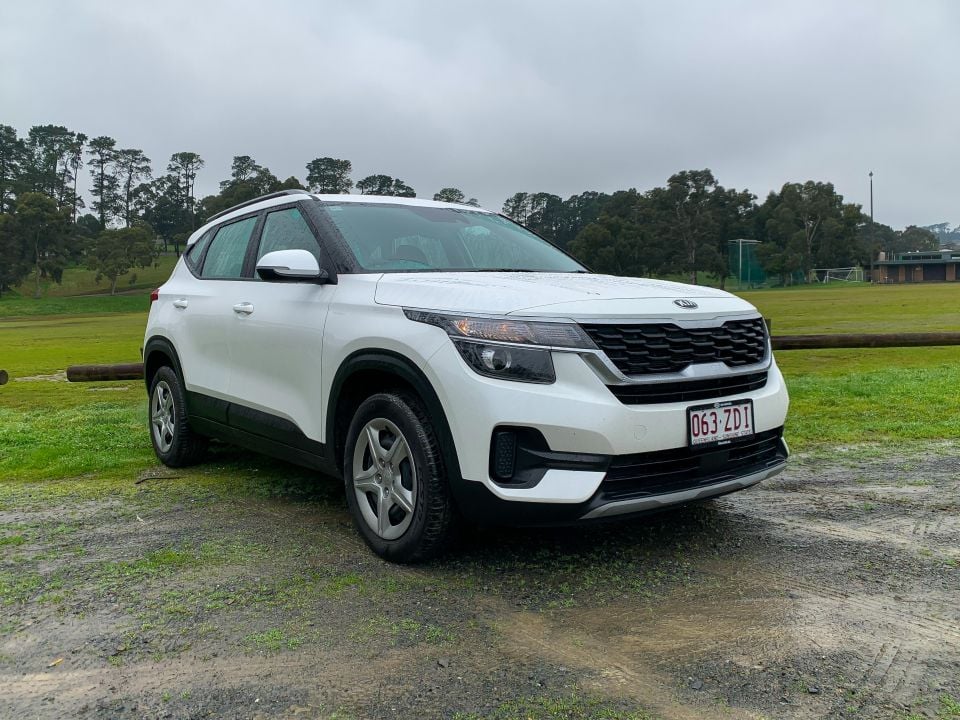
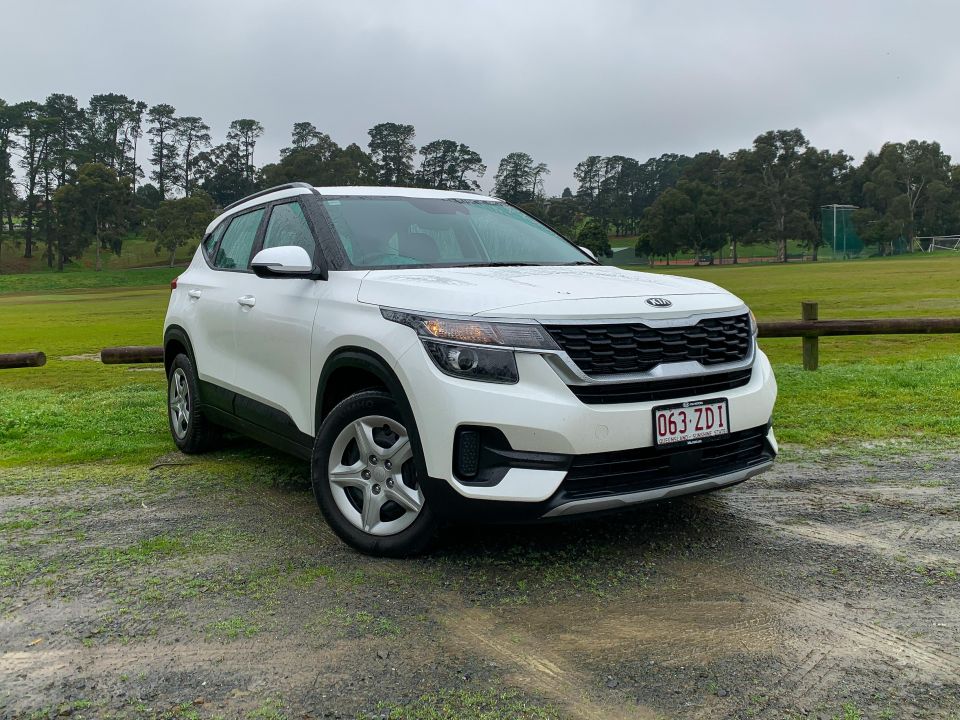

Marketplace Editor
New from
$26,990
excl. on-roads

Marketplace Editor
New from
$26,990
excl. on-roads


Marketplace Editor
New from
$26,990
excl. on-roads

Marketplace Editor
New from
$26,990
excl. on-roads
Quickly see how this car stacks up against its competition. Select any benchmark to see more details.
Where expert car reviews meet expert car buying – CarExpert gives you trusted advice, personalised service and real savings on your next new car.
The Kia Seltos was a fashionably late entry into what is the fastest growing vehicle segment in Australia – the small SUV market.
It was unusual for the Korean brand to not be competing in an entry-level, price-driven segment. The lack of access to global models such as the Stonic (coming late 2020) and XCeed meant Kia simply had to do without a rival to the Mitsubishi ASX and Hyundai Kona.
After several years on the sidelines, Kia now has the Seltos. Launched in October 2019, the Korean-built crossover shares underpinnings with the Cerato small car as well as the aforementioned Kona and i30/Elantra.

In typical Kia fashion the Seltos offers sharp pricing with high levels of kit across the range, class-leading interior space and of course the company’s industry-leading seven year, unlimited-kilometre warranty.
There’s also plenty of choice in terms of spec, with four trim levels and two drivetrains available, as well as a range of colours including two-tone options for the flagship grade.
On test we have the entry-level Seltos S, which while basic looking has all the prerequisites covered in terms of safety and infotainment technologies in today’s market. Should it be on your shopping list? Let’s find out.

The most affordable Kia Seltos is listed from $26,690 plus on-road costs. However, Kia typically advertises drive-away deals across its range, and the Seltos is no different.
At the time of writing, you can get a brand new Seltos S from $26,990 drive-away – just $300 more than list.
Our tester is fitted with the optional Safety Pack ($1000) which brings a raft of in-demand driver assistance technologies on top of the already decent standard inclusions, including cyclist detection for the autonomous emergency braking system courtesy of an additional radar sensor, adaptive cruise control, an upgraded driver attention monitoring system, as well as larger rear disc brakes.
As tested, our Seltos S with Safety Pack comes in at a little over $28,500 with the optional Snow White Pearl exterior paint ($520).

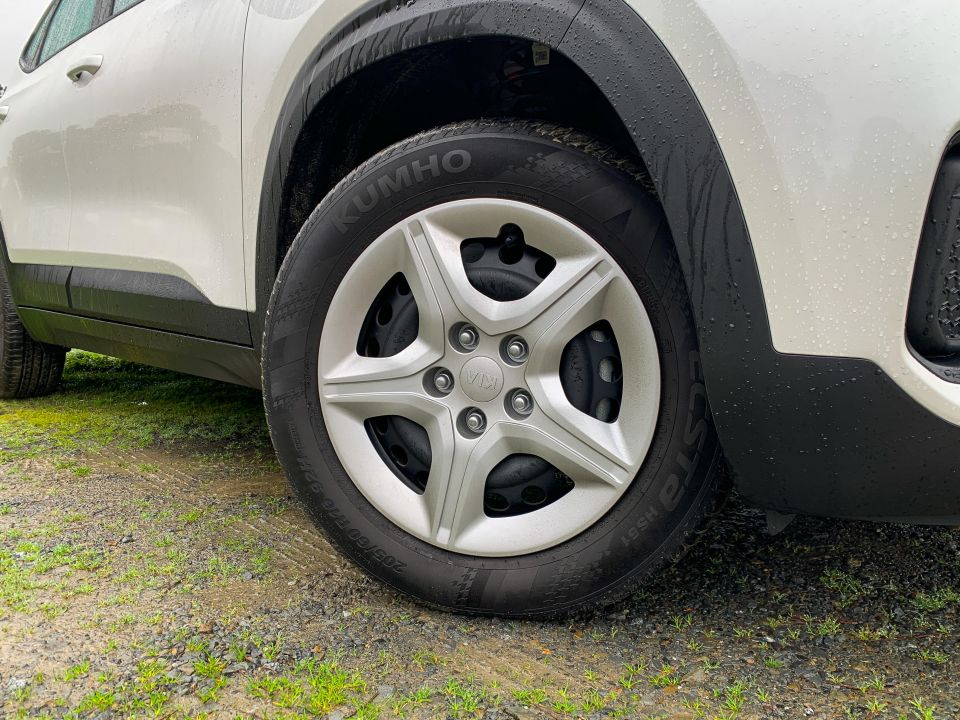
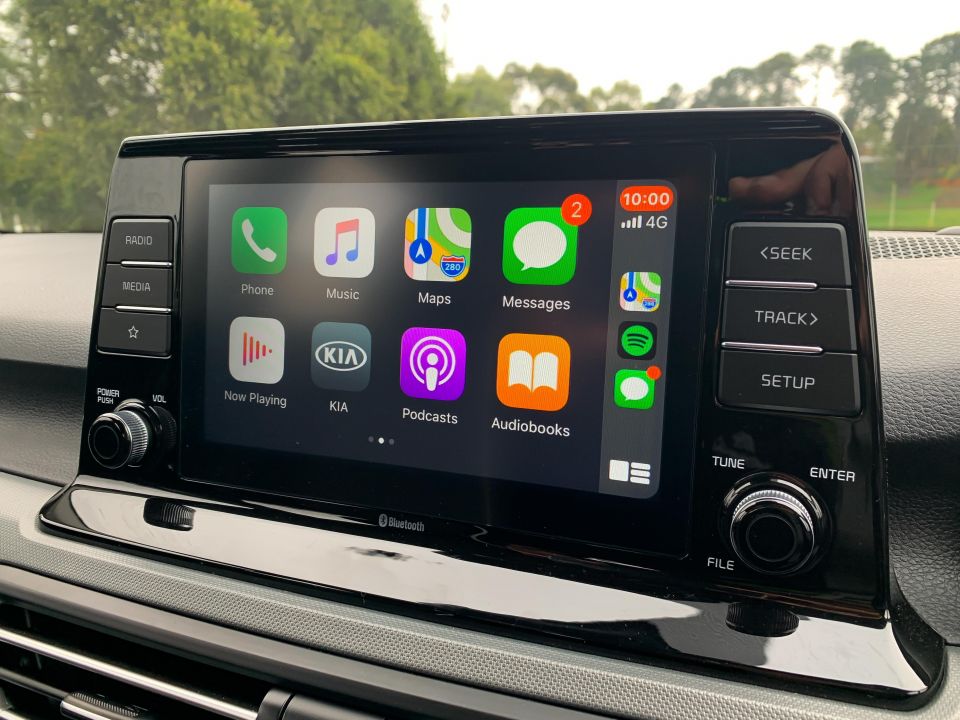
Buy your new car without the stress. It's fast, simple and completely free.

Great service from Travis and team, second time I have used this business would not hesitate to recommend them to anyone
Craig C.
Purchased a Ford Ranger in Sunshine Coast, QLD
CarExpert helped Craig save thousands on his Ford Ranger, now let us save you on your next new car.
Find a dealFor what is a very basic-looking car, the entry-level Seltos comes with a decent amount of kit.
Standard inclusions such as an 8.0-inch touchscreen with Apple CarPlay and Android Auto and autonomous emergency braking with pedestrian detection are key features these days, as is a reversing camera with dynamic guidelines.
Other notable features include standard lane-keeping assist, driver attention alert, cruise control, cloth trim, 16-inch steel wheels with hubcaps (rental-spec amirite), as well as halogen headlights and daytime running lights.
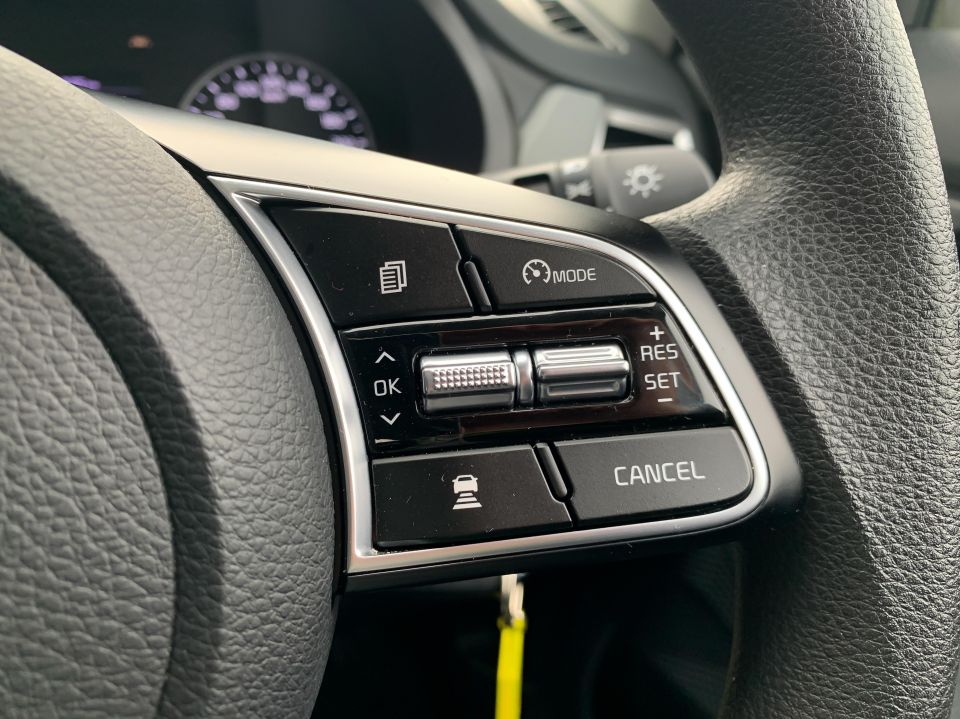

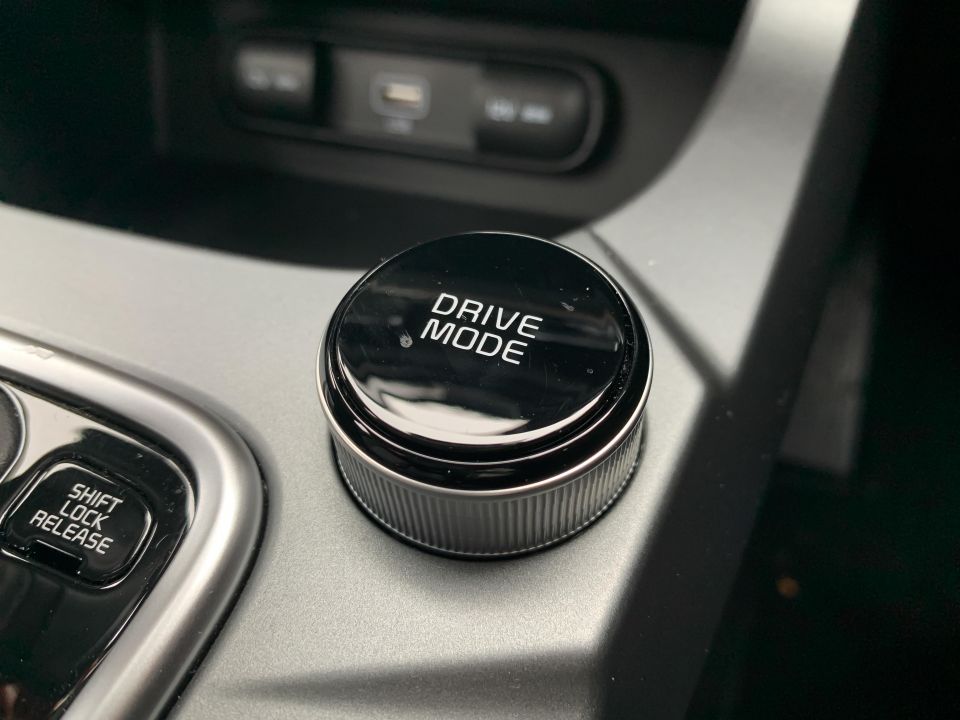
Ticking the Safety Pack brings adaptive cruise control, an upgraded AEB Fusion system (adds radar sensor) which also detects cyclists, an enhanced driver attention monitoring system, larger 284mm rear disc brakes (up from 262mm), an electric park brake, electric folding side mirrors, and an auto up/down driver’s window.
We’d argue the $1000 Safety Pack is a must-have option, not just for the added assistance systems, but also because the convenience features like e-park brake, folding mirrors and auto driver’s window make the car feel a lot more expensive that it is – small touches, but worthwhile nonetheless.
Few rivals in the segment can match the Seltos S’s features list especially when optioned with the Safety Pack, though the addition of alloy wheels, fog lights, leatherette steering wheel and climate control air-con make the step up to the Seltos Sport (from $30,490 drive-away or $31,490 drive-away with Safety Pack), a worthwhile investment.
Overall, you’re not wanting for much if you’re looking for a cheap, safe runabout.
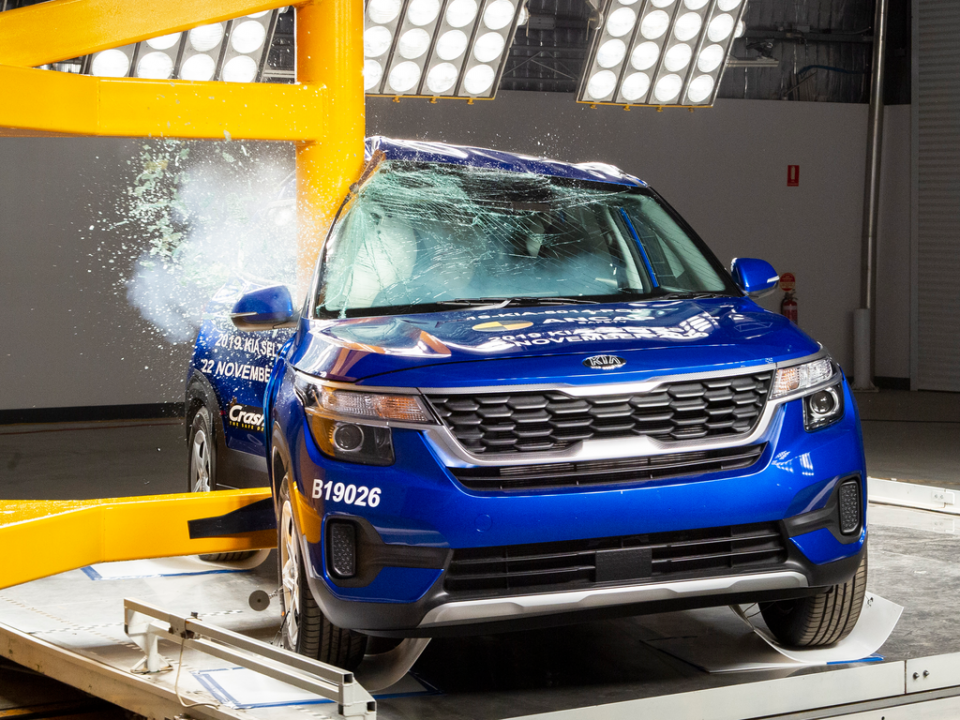
While all variants of the Kia Seltos get a five-star ANCAP safety rating with 2019 date stamp, the crash-testing firm did have some noteworthy feedback.
The Seltos scored 85 per cent for adult occupant protection, 83 per cent for child occupants, 61 per cent for vulnerable road users and 70 per cent for safety assist.
Keep in mind the Seltos was tested against very up-to-date criteria, though protection of the driver’s right leg was rated ‘weak’ in the frontal offset test, while driver pelvis protection was rated ‘poor’ in the full-width frontal test.
Rear passenger whiplash protection was also rated ‘marginal’, while neck protection for a 10-year old passenger was rated ‘poor’ in the frontal offset test.
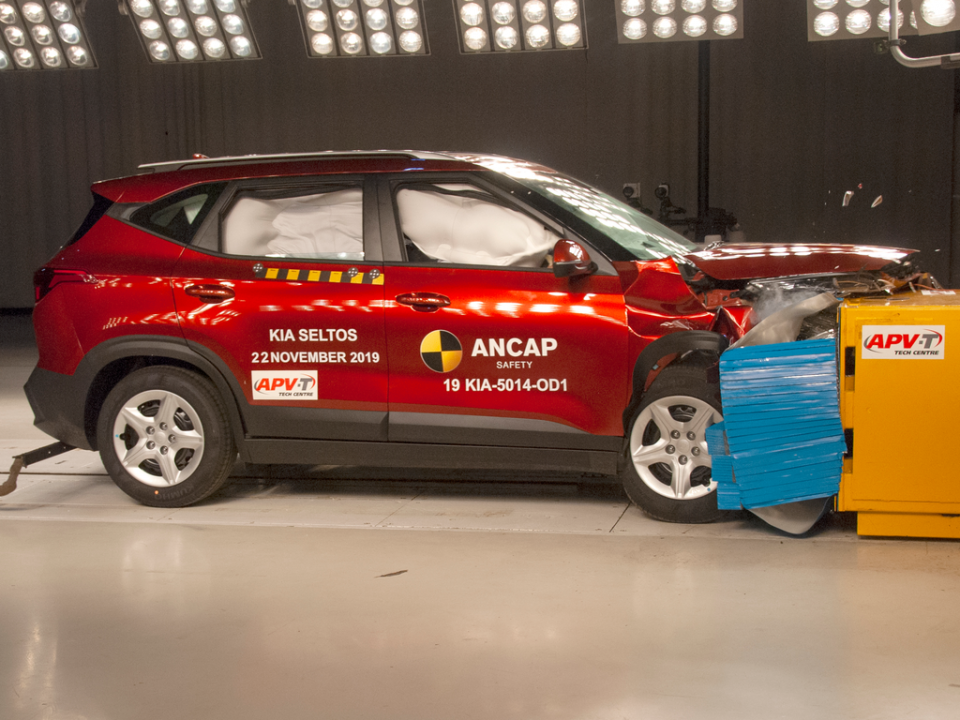
It was also noted a ‘Type A’ rearward-facing child capsule was not able to be fitted correctly using the ISOFIX anchorage points on each outboard seat.
Other criticisms included the poor night-time performance of the forward collision warning system for detecting a pedestrian, while the lack of standard cyclist detection cancelled out 6.0 points out of 48 in the vulnerable road user category.
The Kia Seltos comes as standard with AEB operational at urban and interurban speeds (8-80km/h) and lane keep assist, while the Safety Pack adds the better-performing fusion (camera and radar) AEB system with cyclist detection, adaptive cruise control.
Blind-spot monitoring and rear cross-traffic alert are reserved for Sport+ and GT-Line models in Australia.
Dual frontal, side chest-protecting and side head-protecting (curtain) airbags are standard across the range.
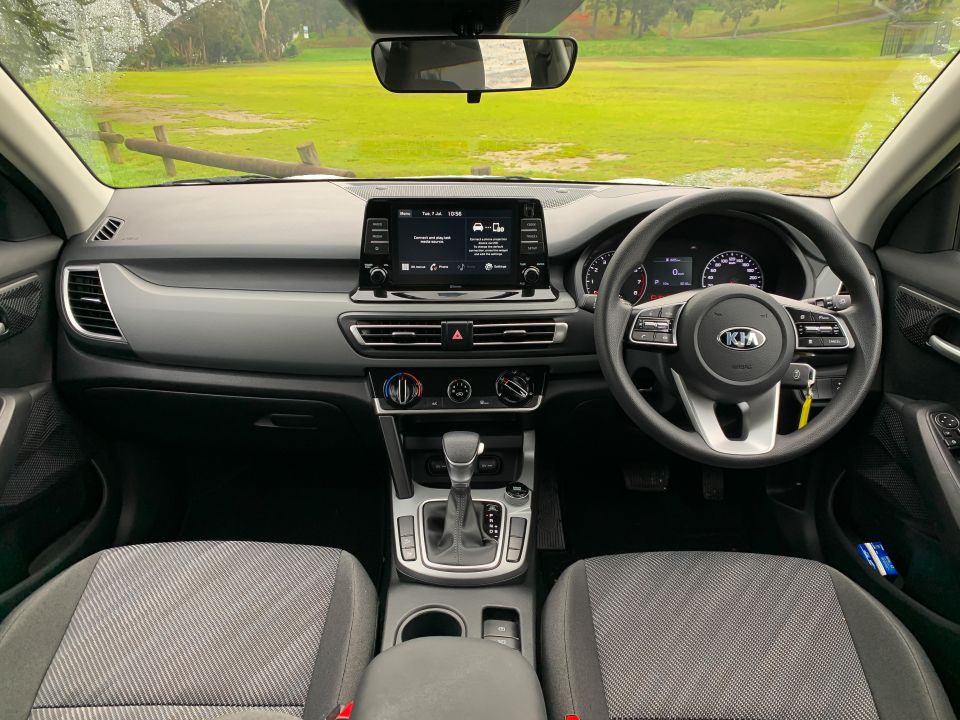
Not bad at all. It isn’t the last word on luxury or tactility, but the base Seltos certainly is on par with most rivals and offers a clean cabin layout that should please most people.
There’s next to no glossy trim, nor are there any soft-touch plastics on the dashboard and doors, although you do have elbow rests in the door cards and a squishy centre armrest covering the deep console bin.
Many complain about the floating tablet-style displays featuring in many modern cars, but in the base Seltos it lifts the ambience to have such a high-set and large touchscreen, bolstered by the fact it’s of a high-resolution and is snappy to respond to touch inputs.
Seltos S models get a plastic-trimmed steering wheel and shifter, but to be honest it’s fitting with the basic nature of this trim level and while the textured plastic may look cheap, it’s fine in the hand. Opting for the Sport will get you leather-look trim for both.
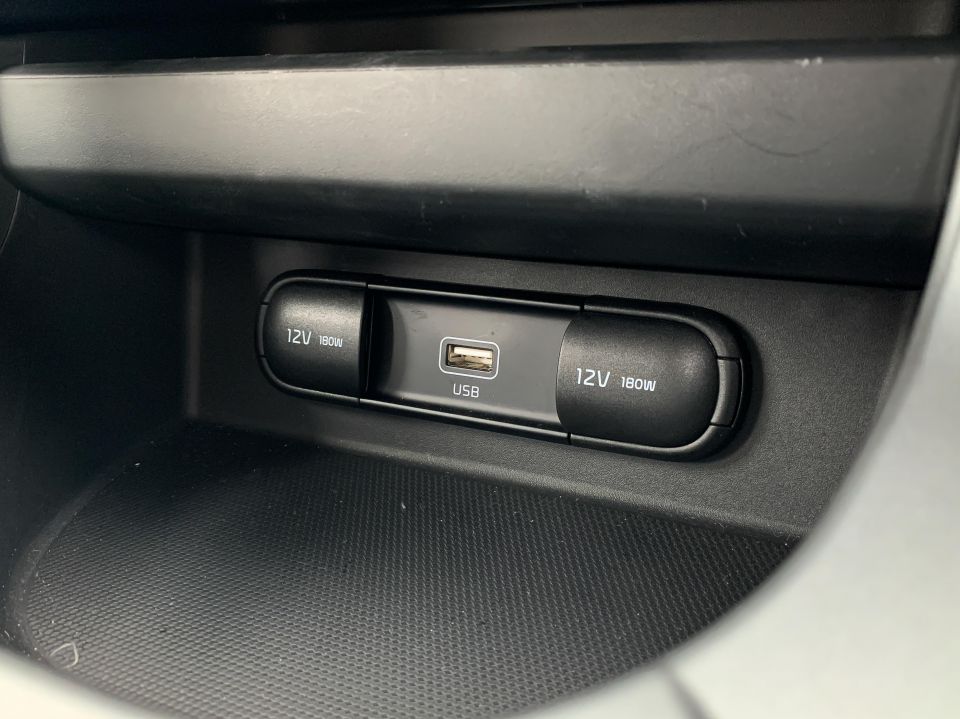


Another cheap-looking aspect of the cockpit are the manual air-con controls. They operate fine and the ventilation system is mostly effective, but being able to set a temperature and have the car de-mist itself is hard to live without these days – #firstworldproblems.
There’s plenty of storage up front, mind you. Below the centre stack is a two-tier shelf which has more than enough room for a larger smartphone and wallet, as well as decent cupholders and the aforementioned centre bin.
We did find the door pockets a bit small, however, and they struggled to fit larger bottles which won’t slot into the cupholders.
Ahead of the driver, the instrument cluster is clear and easy-to-read, while the monochrome display between the dials offers a trip computer, digital speedometer, as well as a control centre to toggle the various driver assist systems and other functions of the vehicle via the steering wheel controls.
There’s a smattering of blank buttons on the centre console, leaving room for the ventilated seat controls and all-wheel drive lock buttons available on higher grades. A rotary selector for the various drive modes is located here too – but let’s not kid ourselves, ‘Sport’ mode is redundant here.
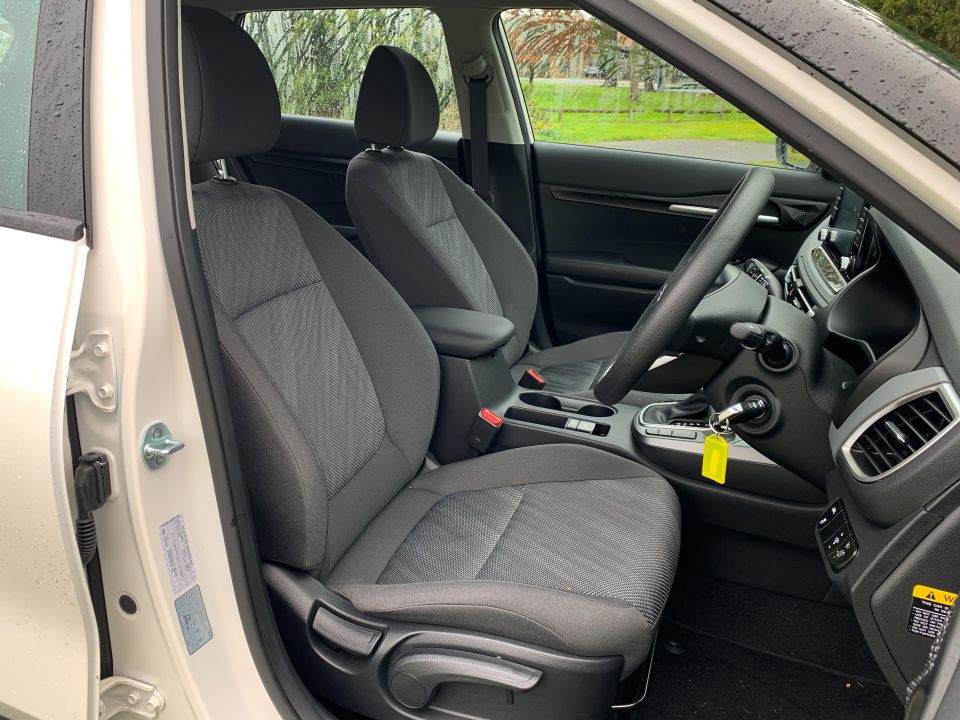
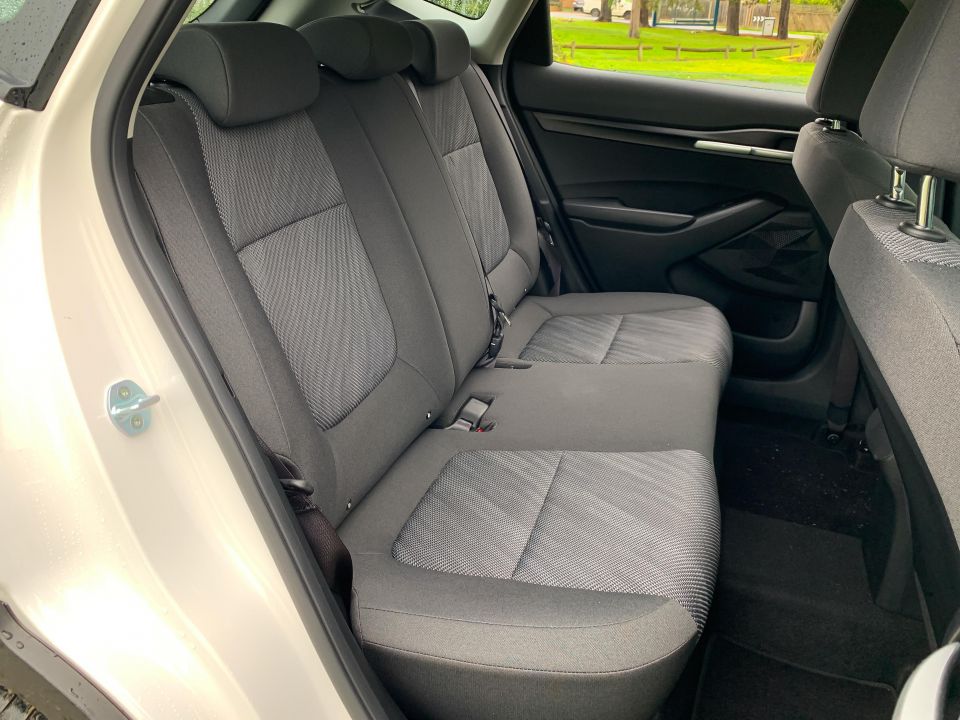
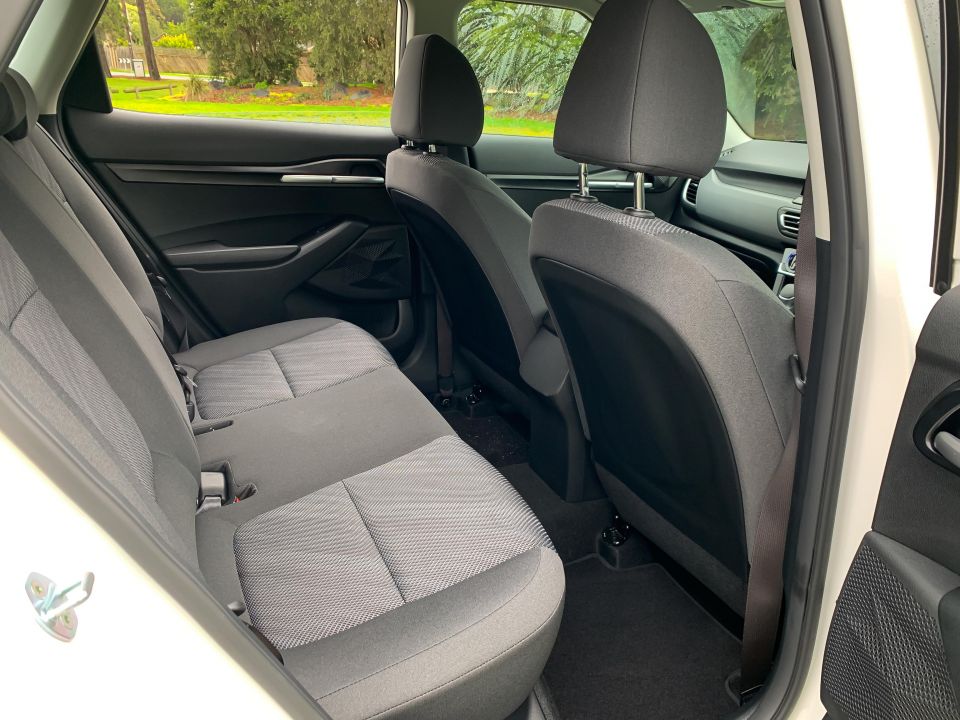
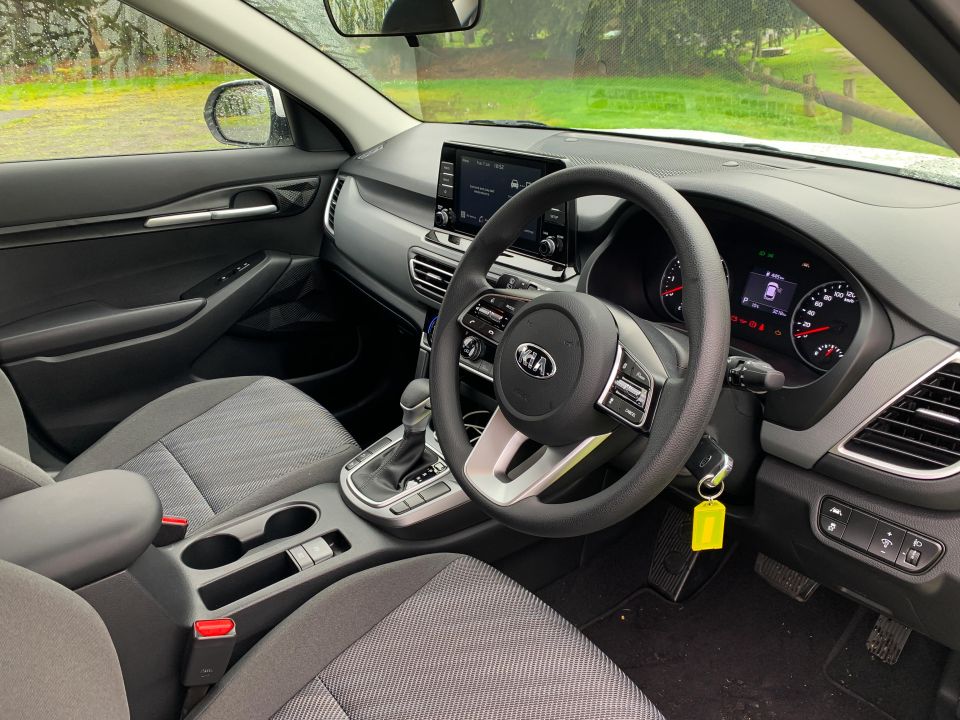
Comfort up front is good, with soft, supportive cloth-trimmed seats for the front occupants that mean long hauls behind the wheel won’t leave you with a sore lower back or bum. There’s also good manual adjustment in both the seats and steering wheel so you can find an ideal driving position.
Further back the Seltos offers more than enough space for two adults, something rivals such as the Hyundai Kona and Mazda CX-30 struggle to match.
I’m a little over six-foot-one and easily fit behind my own driving position, with plenty of head- and legroom.
Unfortunately only the top-spec GT-Line gets rear air vents (weird, we know), though there still is a fold-down centre armrest in the back as well as bottle holders in the doors.
The base Seltos also misses out on map pockets on either front seat back, and there’s no USB or 12V outlets to charge mobile devices in the back. Not deal-breaking but certainly worth noting.
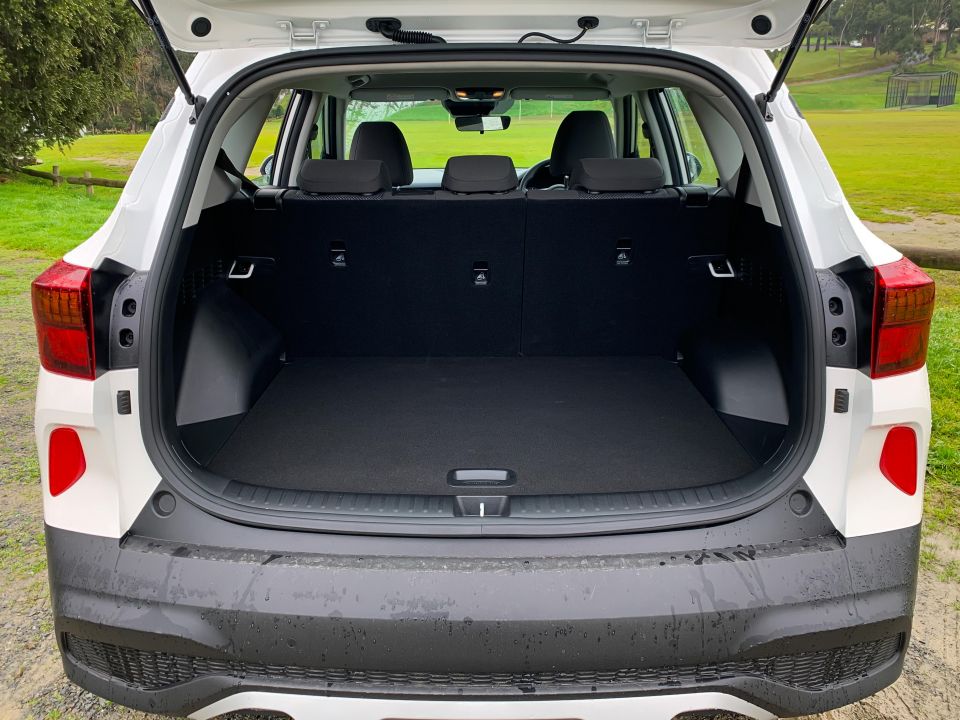
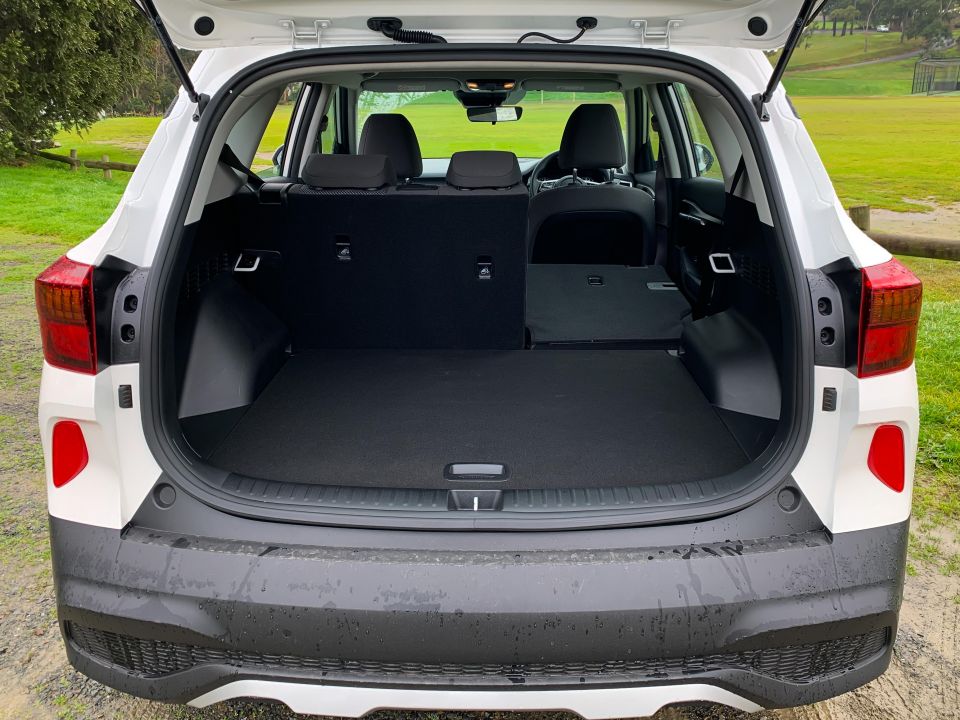
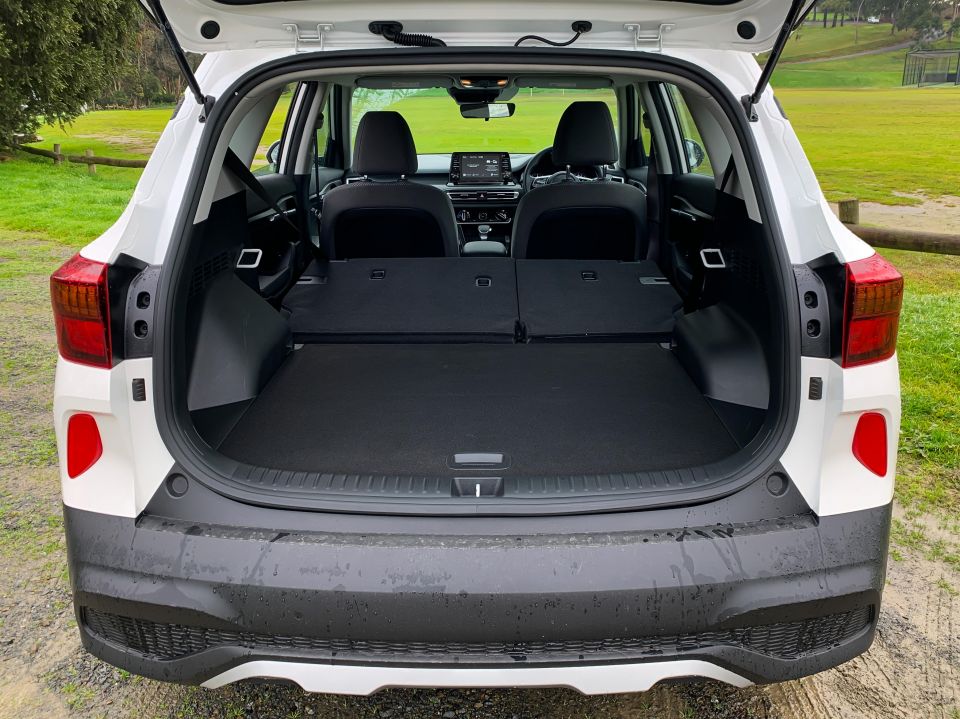
Behind the second row is a luggage area measuring 433L, which is right up there for the segment. Fold the back bench down and you have a 1393L flat load bay which is more than capable of swallowing most things you can throw at it.
An odd omission is the lack of a cargo cover in the S and Sport, which means nosy passers-by can look into the rear windows of your Seltos and see the contents of your boot. You can buy one as an accessory for a little over $340 according to the Kia website, which we find a bit steep considering it’s a standard inclusion for most cars.
Under the boot floor you’ll find a space-saver spare wheel in the Seltos S. Higher grades get a full-size spare which is desirable to those who frequent rural areas often.
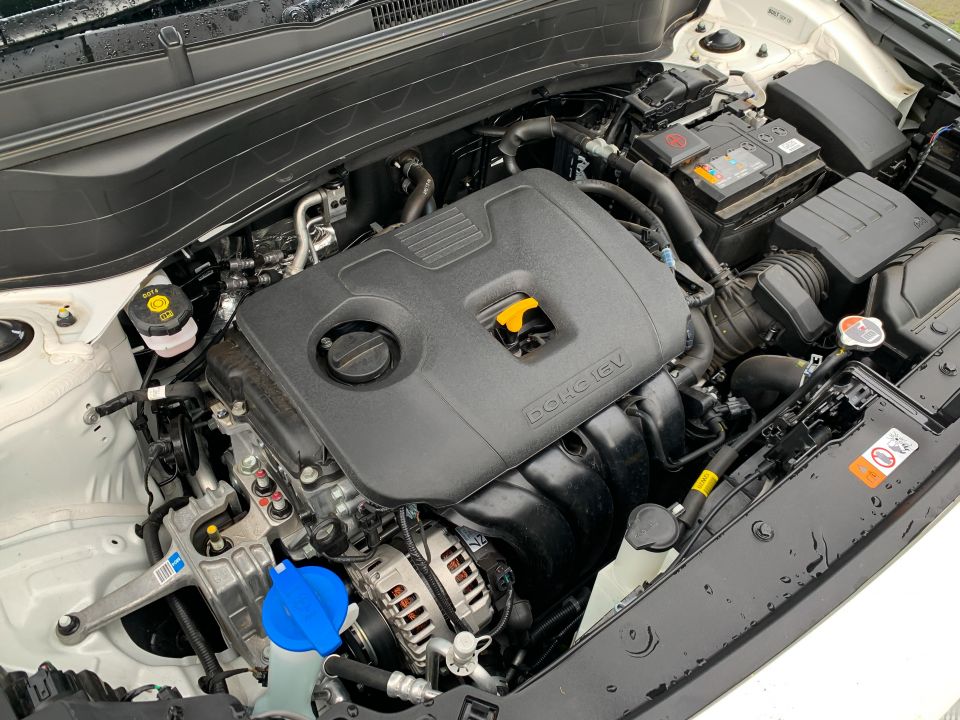
Front-wheel drive versions of the Seltos are powered by a 2.0-litre naturally-aspirated four-cylinder petrol engine running the Atkinson cycle, outputting 110kW at 6200rpm and 180Nm at 4500rpm.
Drive is channeled to the front wheels through a continuously-variable transmission (CVT), a first for the brand locally. This drivetrain features in the related Cerato hatch and sedan overseas.
Kia doesn’t quote any performance numbers, though the motor’s combined fuel consumption claim is rated at a frugal 6.8L/100km.
There’s no idle stop/start or cylinder deactivation trickery here, and the Seltos is happy to run on regular 91 RON unleaded. Fuel tank capacity is rated at 50 litres.
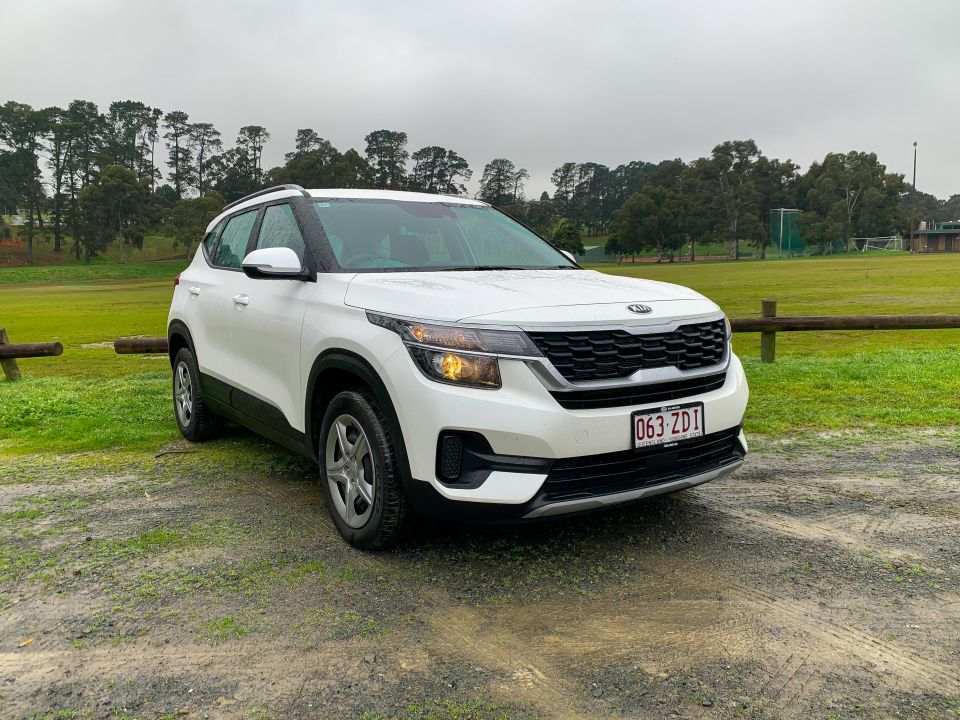
Full disclosure: I wasn’t expecting to enjoy the base Seltos too much, especially given I stepped out of the twin-turbo V6 Stinger GT Night Sky Edition into this. Luckily, I was pleasantly surprised.
Immediately on the drive home I was very impressed with the Seltos’s refinement at high speeds – coming back from pick-up involved a long stint on Melbourne’s M80 Metropolitan Ring Road – for what is a ‘small’ SUV.
The road-holding and stability at triple figures is top-notch, and despite the relatively meek outputs on paper then 2.0-litre engine and CVT combo hum along quietly at around 2000rpm on the freeway.
Insulation from road and wind noise is excellent at all speeds, and the ride on the highway is great even on the torsion beam rear suspension setup of front-drive models.
Extended highway runs will see the live fuel consumption readout dip as low as the 5.0L/100km bracket, meaning you could almost get 1000km on a tank if you went on a long road trip.
I used this time to get a feel for the various driver assist systems too, namely adaptive cruise control and lane keep assist.
Some Kias I’ve tested previously – the Cerato and Sportage come to mind – have had rubbish cruise systems that struggle to maintain the set speed, before overcompensating by accelerating 5km/h above what you’ve set, which is downright annoying, and not exactly ideal in heavily-policed Australia.
Luckily, the Seltos exhibited no such issues, maintaining the desired speed well and keeping a safe distance from the vehicle in front. At times it would slow down a little earlier than you’d expect as you approached a leading car even with the distance set to a minimum, but if that keeps people safer on the freeway, I guess that’s a plus.
Meanwhile, the lane keep system worked alright. It’s a shame the Safety Pack doesn’t add the Lane Follow Assist tech strictly reserved for the GT-Line, which essentially centres you in your lane and combines with the adaptive cruise control system for Level 2 autonomous driving capability.
At times the system would nudge me away from a line when it definitely didn’t need to, or simply not engage because it wouldn’t recognise the kerb or road divider as a lane boundary. Blind-spot monitoring would also be appreciated on a vehicle this height and size, but it’s limited to the Sport+ and above.

Where expert car reviews meet expert car buying – CarExpert gives you trusted advice, personalised service and real savings on your next new car.
Where you’ll likely spend most of your time, however, is in the urban jungle. The 2.0-litre Seltos is well-suited to this kind of environment, and mostly passes all duties and tests with flying colours.
That big-car road holding and stability at speed translates to a slightly firmer ride around town. Yes Kia Australia tends to tune its cars on the sportier side locally but for an SUV this isn’t always favourable.
Even with 16-inch wheels and chubby tyres you’ll pick up a lot of lumps and bumps, though it’s never uncomfortable.
Sharper hits are more noticeable, particularly over the rear, and speed humps can be a little harsher than you might expect. Again, it’s far from uncomfortable and the trade-off is a more mature feel at higher speeds.
The steering is conversely quite light, which is great for parking manoeuvres and tight city streets, though this also dulls any sense of sportiness. Flicking the drive mode dial to ‘Sport’ tightens everything up a bit, but a warm hatchback on stilts this is not.
Regardless of speed the 2.0-litre engine is hushed and refined, and the CVT is well-calibrated to keep you in the power band while also simulating ‘shifts’ like a conventional automatic transmission.
I wouldn’t go as far to say it’s as good as Toyota’s latest unit in the Corolla with the physical launch gear, but it’s certainly a lot better than the drivetrains used in Hondas and Nissans.
The CVT makes for linear progress after occasional hesitation off the line, and it helps to make the naturally-aspirated engine more muscular than you might expect. I wouldn’t call it ‘quick’, but for the majority of potential buyers this drivetrain is more than enough.
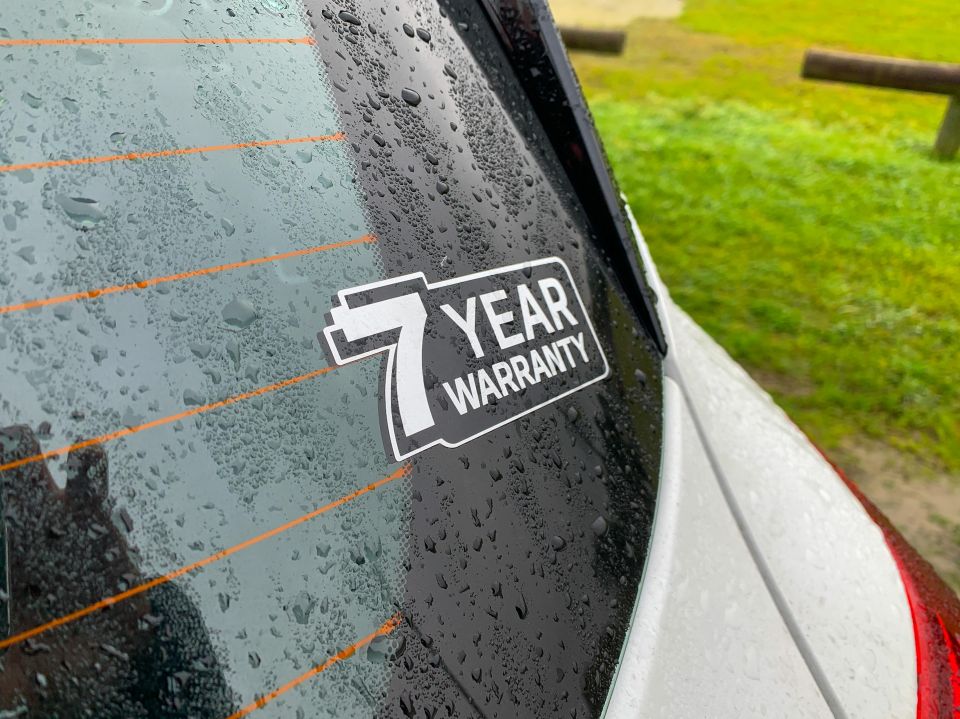
Like all Kia models, the Seltos is covered by an industry-leading seven-year, unlimited-kilometre warranty with seven years of capped-price servicing and roadside assistance.
Scheduled maintenance for naturally-aspirated models is required every 12 months or 15,000km, with the first five visits asking for $261, $452, $324, $584 and $293 – totalling $1914 for the first five years or 75,000km.
For the life of the seven-year plan, you’ll pay $2818 in servicing costs, as the sixth and seventh visits ask for $593 and $311 respectively.
In terms of real-world fuel consumption, we managed an indicated readout of 7.6L/100km during our week with the car, covering around 300km skewed towards urban driving. Impressive.
With that in mind you can expect well over 600km per fill of the 50L tank, which as mentioned earlier happily runs on regular 91 RON unleaded.
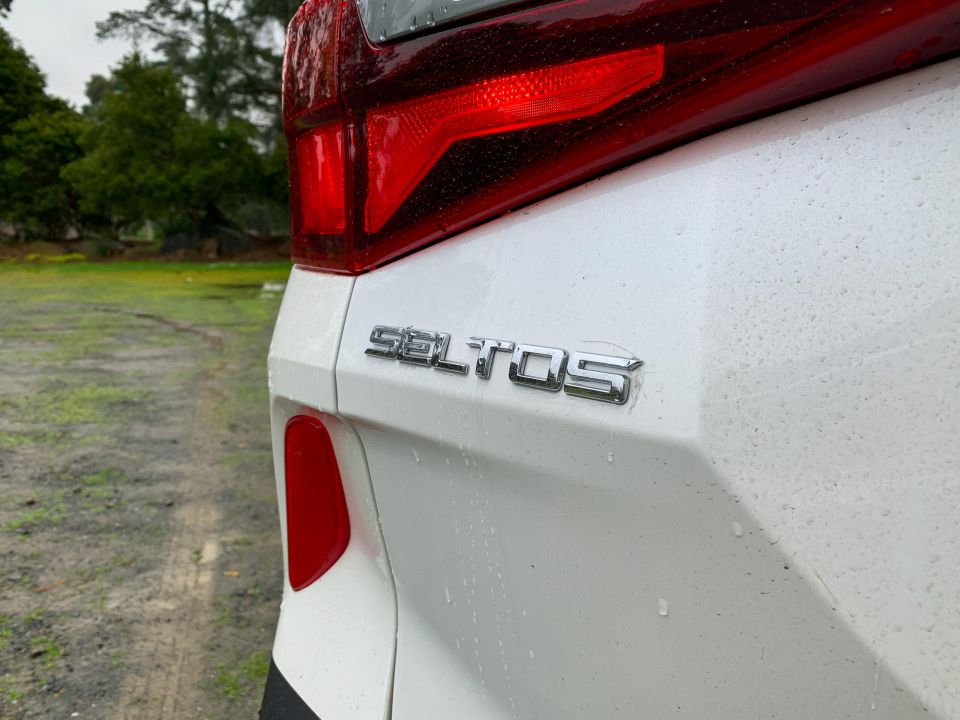
The base Kia Seltos is a quiet achiever, maintaining a humble aesthetic with a lot of things to like.
All the key requirements are met – it’s spacious, comfortable, tech laden and cheap to run – and for under $30,000 drive-away it’s a relative bargain given everything you get, particularly with the optional Safety Pack.
Personally, as a private buyer I’d stump the extra few grand for the Sport, mainly for the alloys, class-leading 10.25-inch navigation system, and climate control air-con. Though if that stuff doesn’t matter that much to you, the Seltos S offers a lot of bang for your buck.
Even in entry-level form, the Seltos is right up there with the class leaders.
Where expert car reviews meet expert car buying – CarExpert gives you trusted advice, personalised service and real savings on your next new car.
James Wong is an automotive journalist and former PR consultant, recognised among Australia’s most prolific motoring writers.


CarExpert.com.au
3 Days Ago


Damion Smy
3 Days Ago


Damion Smy
4 Days Ago


Josh Nevett
4 Days Ago


Max Davies
4 Days Ago


Ben Zachariah
5 Days Ago